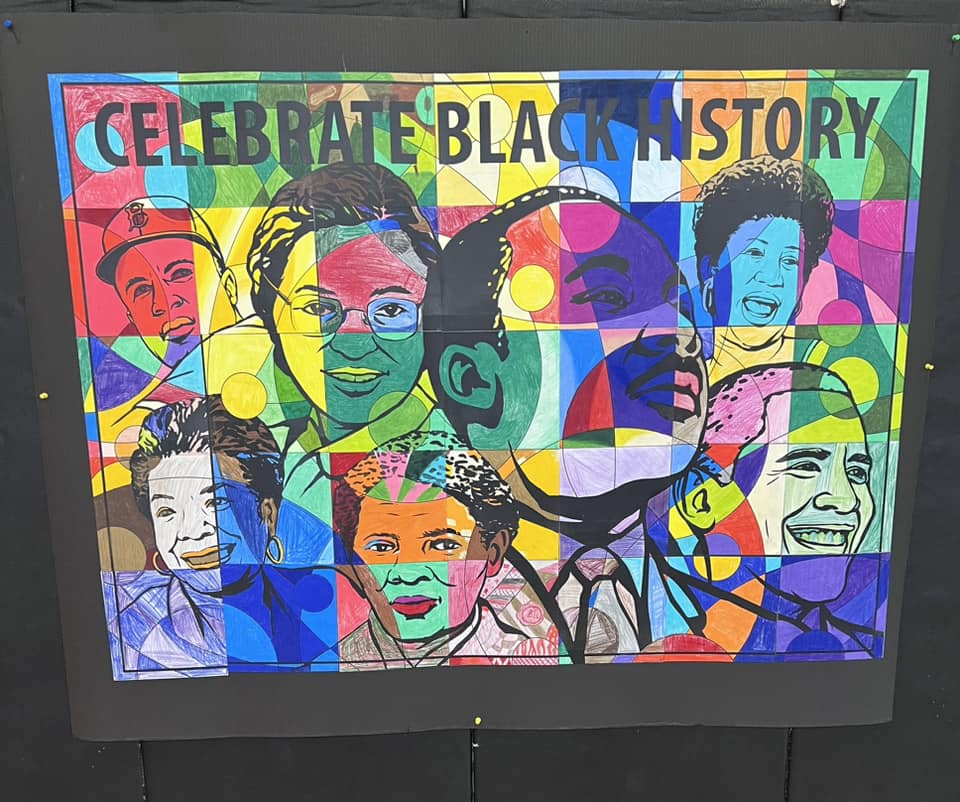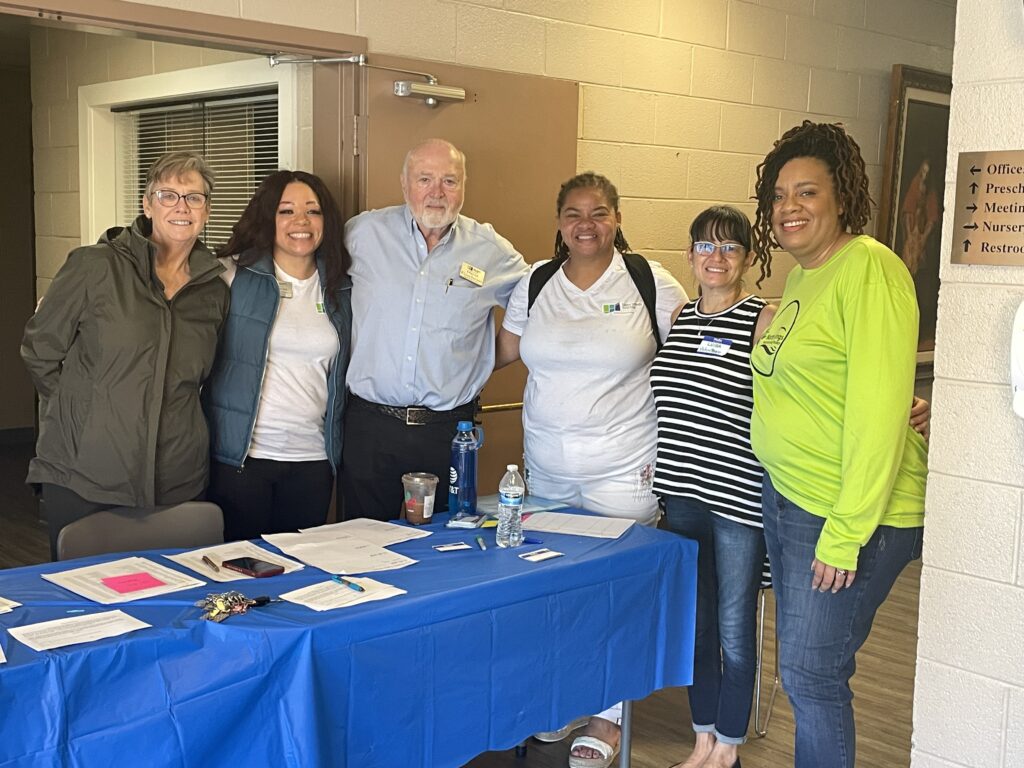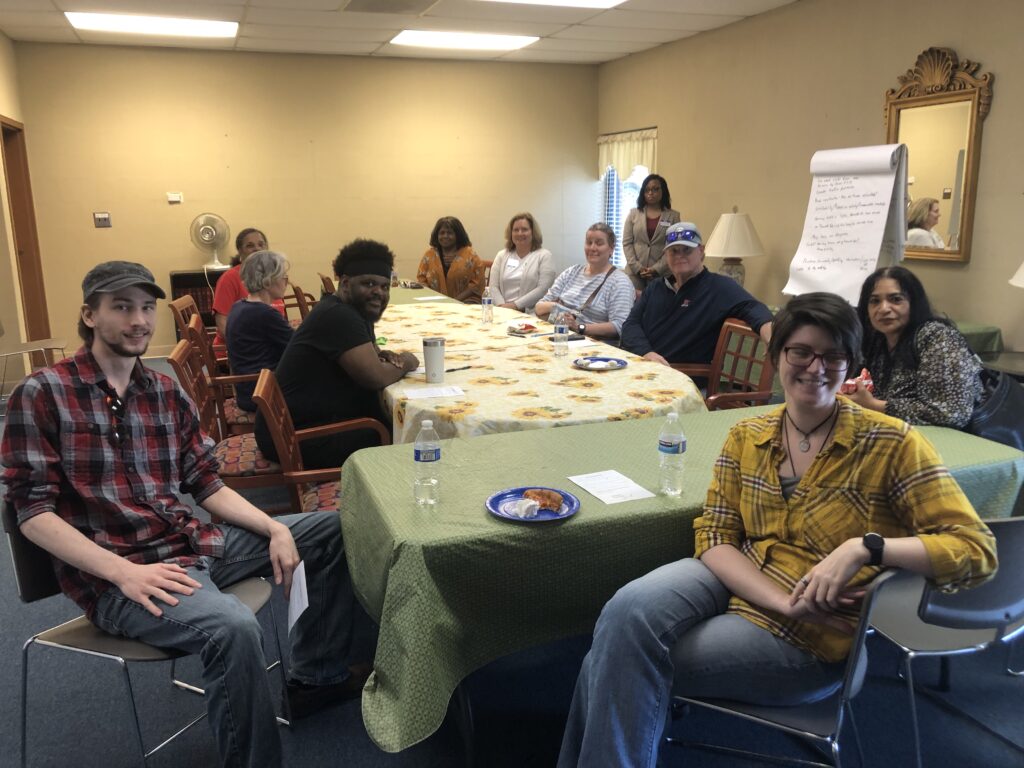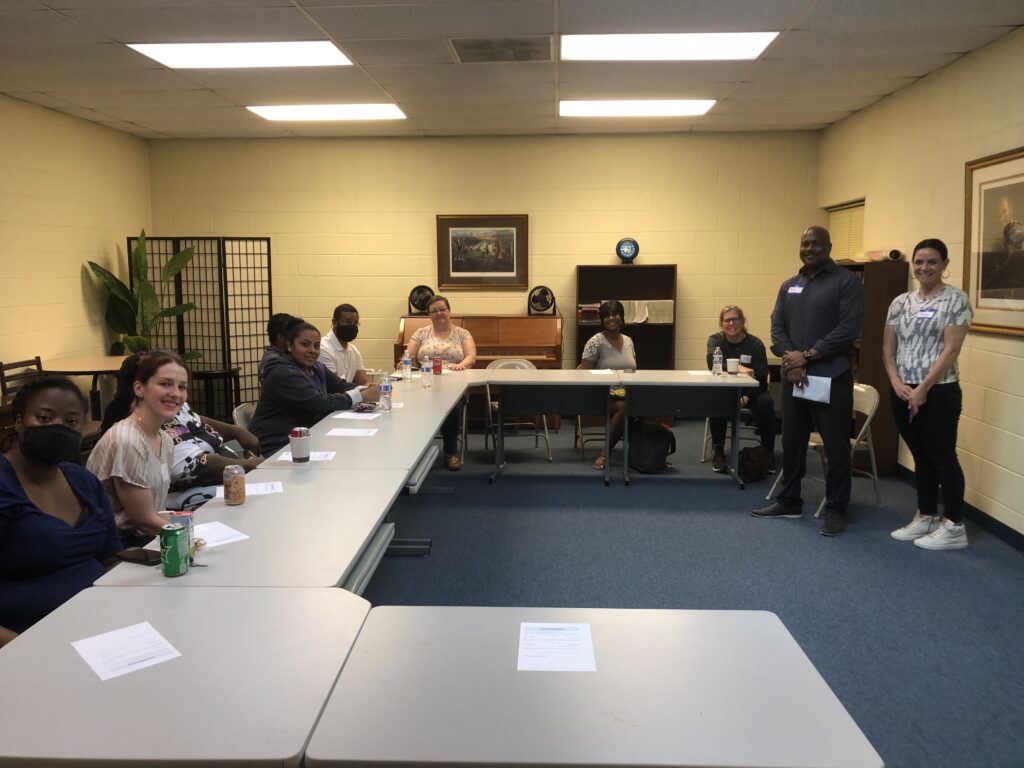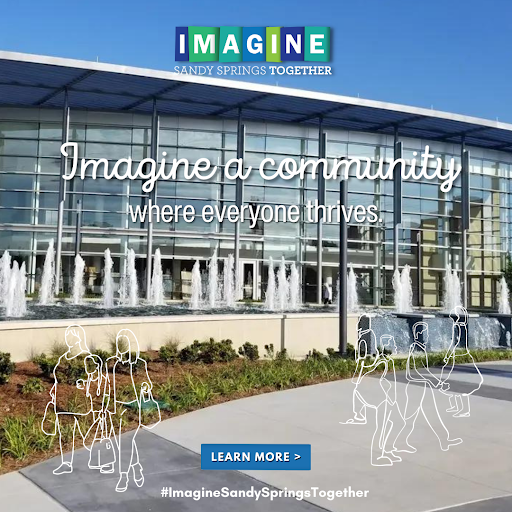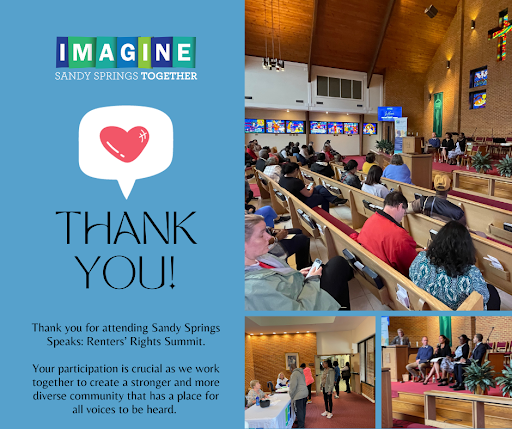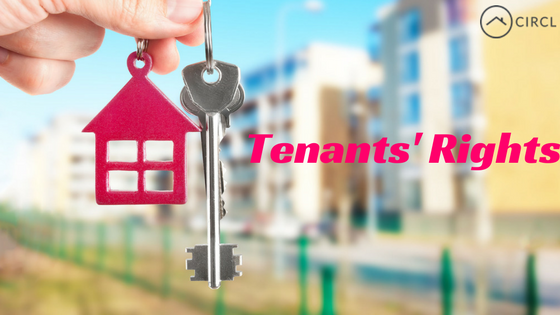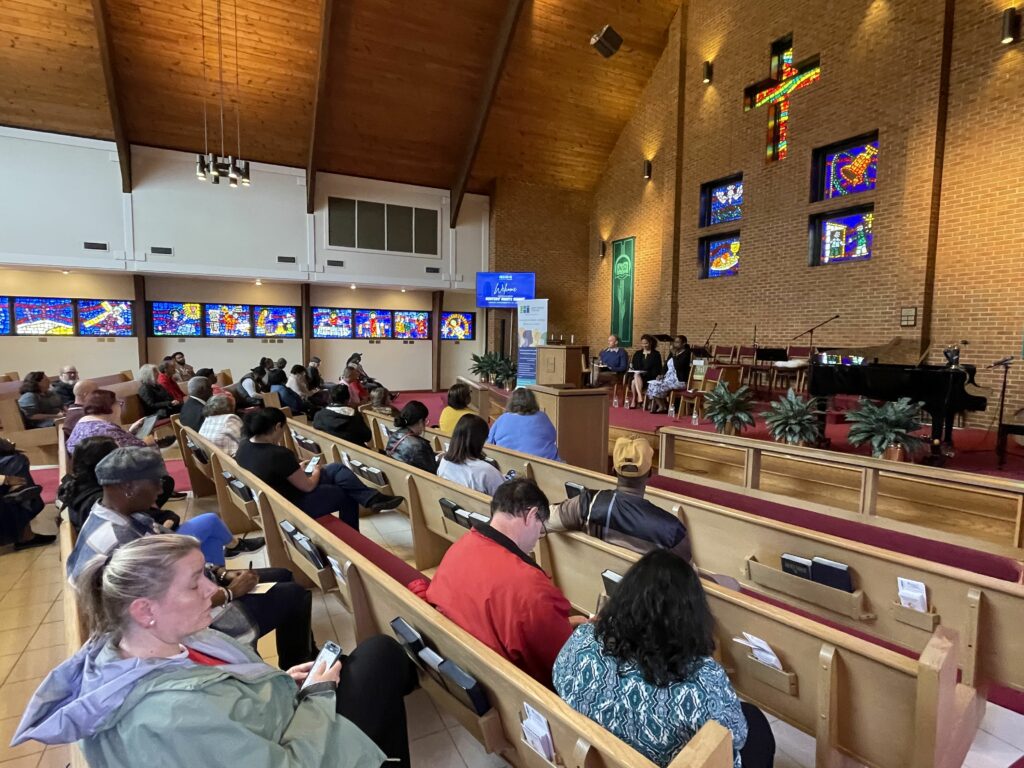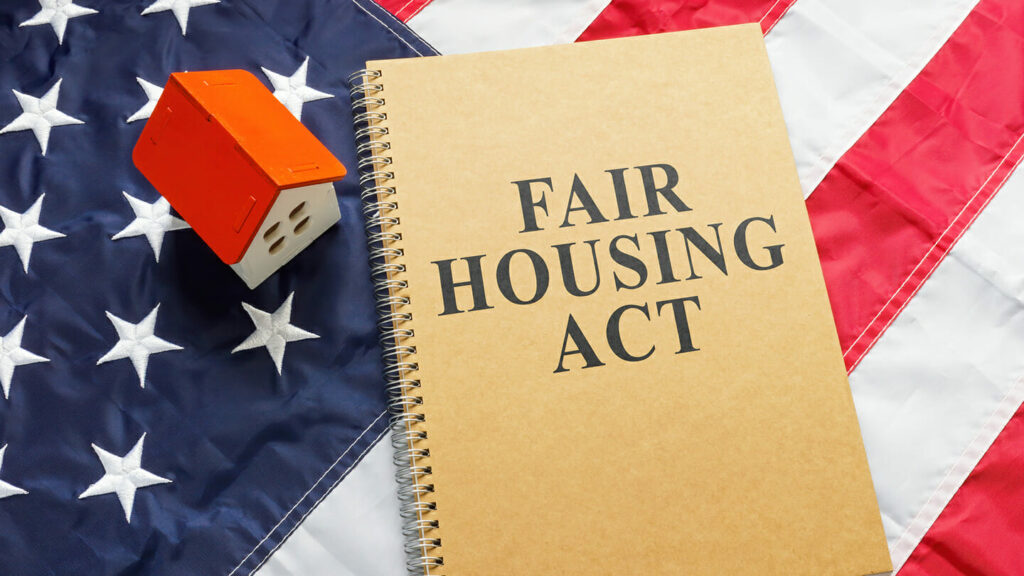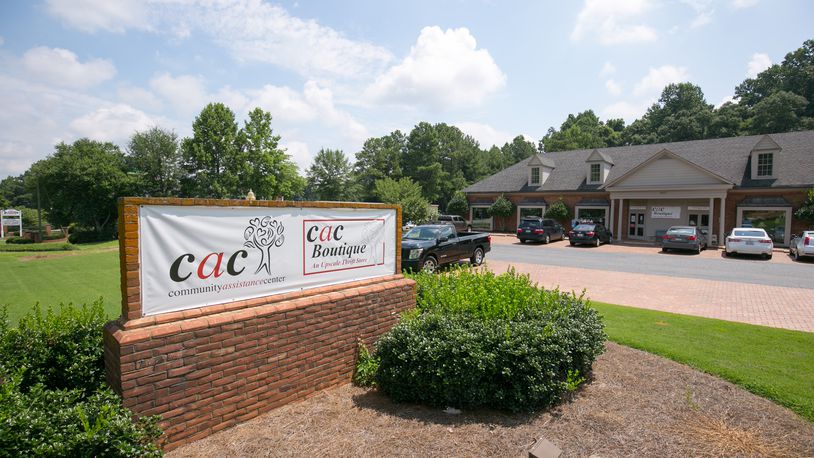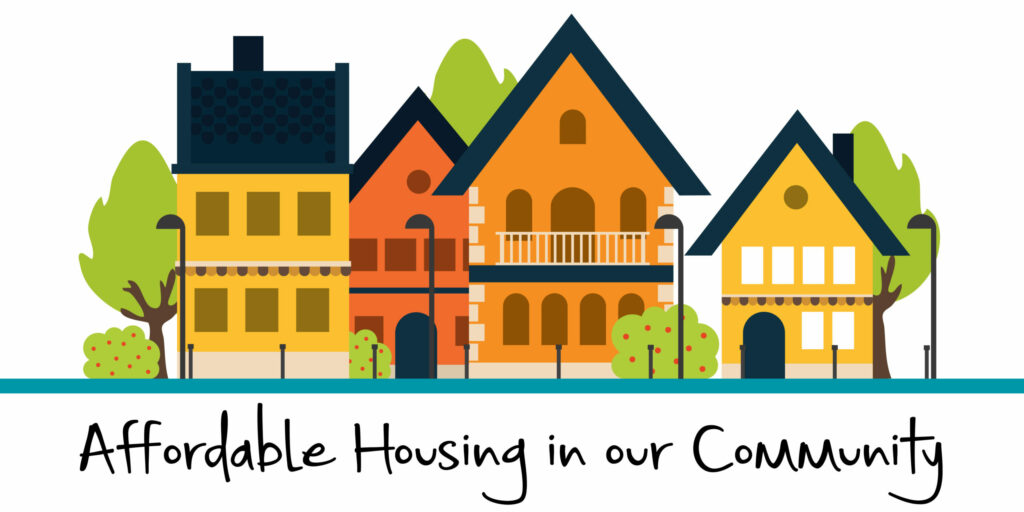
One of our goals at Sandy Springs Together is to help create more affordable housing options for current Sandy Springs residents and people considering moving here. Over the next several weeks we will be offering a series of blogs to help explain the many aspects of this important topic.
But what exactly is affordable housing?
Affordable housing is not a thing but a ratio – a family’s income relative to its housing costs. According to a federal housing metric used by the Department of Housing and Urban Development (HUD), ideally, no more than 30% of a family’s income should be spent on housing costs, leaving the remaining 70% to take care of other necessities and to put into savings.
According to HUD, these housing costs include the total income spent on rent, mortgage payments, utilities, taxes, insurance and other related housing expenses, like the cost of transportation from their home to their job.
The term “affordable,” simply means that, after paying for all housing-related expenses, a person or family has enough money left for other necessities like food, clothing, medicine, etc.
In most areas of Georgia, residents would have to earn approximately $24.75/hour to be able to afford a modest two-bedroom apartment. A person earning the minimum wage would have to work 136 hours per week to afford that apartment.
The problem is that housing has become more expensive while fixed incomes and wages have remained the same. Working families, seniors and young college grads in entry-level jobs are being priced out of our city due to either rising rent costs for apartment residents or rising taxes for homeowners.
To determine where to best support their affordable housing needs, most cities rely upon Area Median Income (AMI), which is a measure of residents’ median income in a broad geographic area and is calculated annually by HUD.
Sandy Springs lies within the Atlanta-Roswell-Sandy Springs Metropolitan Statistical Area (MSA as defined by HUD) which includes 29 counties ranging from Dawson County to the north and Meriwether County to the south. To determine this region’s AMI, HUD calculated the annual income earned by families in the 29-county area. The median income of this set is deemed the AMI for the area, meaning that half of the families living in the area earn more than the AMI and half of the families earn less.
The 2020 AMI for the Atlanta-Roswell-Sandy Springs MSA was set at $82,700 – the median amount one household of four earns in one year.
After calculating the AMI, HUD adjusts the incomes of the given Metropolitan Statistical Area based on the number of people in a family.
Using the AMI calculation, HUD defines income limits as Low (≤80% of AMI), Very Low (≤50%), and Extremely Low (≤30%).
The chart below depicts what percentage of households in the Atlanta-Roswell-Sandy Springs MSA fell in these categories based on the 2022 AMI.

Affordable rental housing generally serves families earning 80% of AMI or less, and affordable home ownership funding serves families earning 120% of AMI.
The creation and preservation of affordable housing includes both multifamily and single-family new construction, preservation and rehabilitation.
Below are some examples.
Example 1:
Mike Wilson is a claims manager at a major insurance company, and his wife, Leslie, is a stay-at-home mother. Leslie volunteers at her children’s school reading to poor readers to stimulate a love of reading. Mike and Leslie have two school-aged children and a family income of $90,000/year. They’re looking to purchase a 3 bedroom 2 bath home. According to the 30% rule, the Wilsons should spend no more than $2250 per month on housing costs on a home priced at $300,900.
Example 2:
Bob Smith is a firefighter, and his wife Ann is a teaching assistant. Bob trains the Fire Department’s volunteer Citizens FIre Academy. Their family income is about $65,000/year. Using the 30% rule, affordable housing for the Smiths would be about $19,500 per year ($1,625 per month). For a household of two, they make below the median income but are not considered to be in the Low category at 80% of AMI. If they had two children, they would be considered in the Low category at 80% of AMI.
Example 3:
This is an example of what affordable housing looks like for a family of two earning minimum wage. Kelly Brown and her husband, Daniel, both work full-time jobs that pay $7.25 an hour, the State of Georgia’s minimum wage. Kelly volunteers at the local food pantry once a month. Together, they earn $30,160 annually. Affordable housing for the Browns would cost them $9,048 per year ($754 per month) to cover housing costs and utilities. As a household of two, they are close to the Very Low category of 50% of AMI. If they had two children, bringing them to a household of four, they would be considered close to the Extremely Low category of 30% of AMI.
Example 4:
If the couple in Example 2, Bob Smith,the firefighter and wife, Ann the teaching assistant wanted to PURCHASE a home in Sandy Springs while earning $65,000 and spend no more than 30% of their income on housing, they would need to find a 1 BR house for $173,640. To purchase a 2 bedroom home, they would need to find a house priced no more than $208,320. The current median cost of a home in Sandy Springs is over $500,000. This fact makes it extremely difficult, if not impossible, for the Smiths to purchase a home in Sandy Springs.
When we talk about supporting households at varying degrees of AMI (50%, 60%, 80%, 120% etc.), the examples above illustrate people and families that affordable housing advocates strive to assist.So, how much should you be paying for housing costs? The chart below is a useful reference tool to help you figure that out:
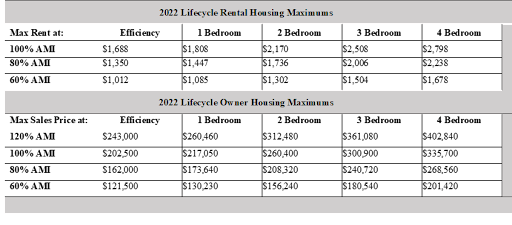
We hope that you now have a better understanding of what affordable housing is and how it is calculated. Our next blog post in this series will explain the importance of affordable housing in developing more equitable communities.





